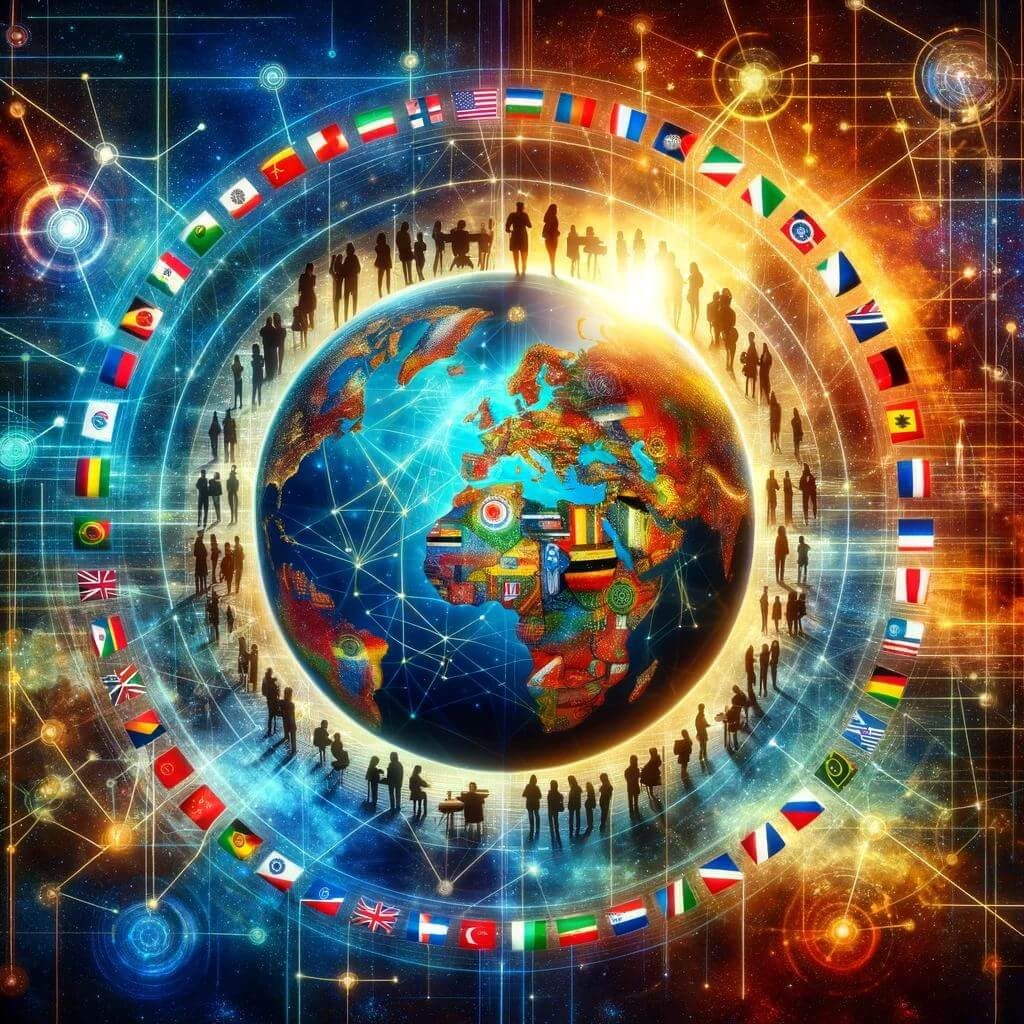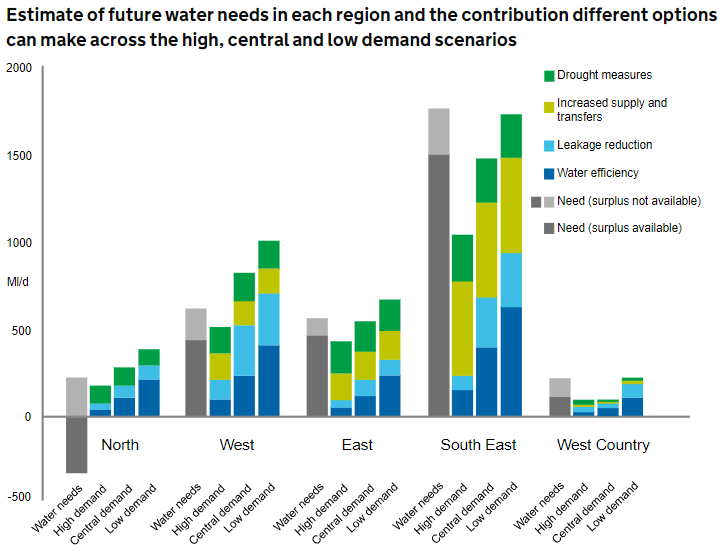In the bustling heart of New York City, a public library becomes a gateway to the past, offering a glimpse into the writings and musings of the renowned English scientist, Charles Darwin. A fervent writer and astute observer, Darwin’s fascination with the intricacies of human emotions and expressions becomes palpable as one sifts through the pages of his original letters. Beyond his revolutionary theory of evolution, Darwin’s studies into emotions offer a thought-provoking backdrop to the modern debate surrounding AI and emotion recognition.
The intricacies of emotion recognition
Within the realms of artificial intelligence, emotion recognition emerges as a captivating yet challenging endeavor. Contemporary AI aims to decipher human emotions by analyzing a variety of cues, including facial images, audio recordings, and video content. However, the simplicity of this concept belies the complex reality. AI endeavors to decipher nuanced human cues like open mouths, squinted eyes, and contorted cheeks, interpreting them as emotional signals. For instance, a joyful laugh might be identified when these cues combine. Yet, the practical implementation of this seemingly straightforward concept is a labyrinth of intricacies, often tainted by the specter of pseudoscience that occasionally accompanies artificial intelligence’s efforts.
The Call for Regulation to Balance innovation and ethical concerns
In the wake of AI’s advancements, regulators worldwide are turning their gaze towards emotion recognition technology. The effort to identify a person’s emotional state through AI analysis of visual and auditory cues sparks alarm bells for certain quarters. Advocates for privacy and human rights, such as European Digital Rights and Access Now, advocate for a sweeping prohibition on emotion recognition. The EU AI Act, ratified by the European Parliament in June, restricts the technology’s use in contexts ranging from policing and border control to workplaces and schools. This landmark step reflects a growing recognition of potential risks embedded in the technology’s unfettered proliferation.
The US perspective
Across the Atlantic, echoes of concern reverberate. US legislators, including Senator Ron Wyden, express skepticism towards the proliferation of emotion-detection AI. Senator Wyden lauds the EU’s stance on the issue while voicing his apprehension about the substantial investments channeled into AI-based emotion detection. He aptly highlights the limitations of using facial expressions, eye movements, tone of voice, and gait as tools for predicting future behavior.
The dual nature of emotion recognition
Companies actively offer emotion recognition technology for diverse applications, even though its widespread deployment remains in progress. Affectiva, for instance, explores how AI analyzing facial expressions might gauge a driver’s fatigue or public reactions to a movie trailer. HireVue, however, has courted controversy by employing emotion recognition for screening job candidates, an approach that attracts intense criticism. Despite the backlash, proponents of the technology envision its potential in aiding visually impaired individuals to understand the emotions of those around them.
Yet, beneath the surface, concerns mount. Emotion recognition finds applications in law enforcement, with some companies selling software that ostensibly detects deception or identifies suspicious behavior. The European Union’s iBorderCtrl project showcases emotion recognition as part of its border-crossing technology. The Automatic Deception Detection System claims to quantify the probability of deceit through analysis of non-verbal micro-gestures. However, the efficacy of this approach remains shrouded in scientific debate.
China’s controversial utilization
China’s usage of emotion AI in surveillance casts a significant shadow over the technology. The application of emotion recognition to monitor Uyghurs in Xinjiang raises ethical concerns. As a software engineer claims, the technology seeks to identify a “state of mind,” equating nervousness with guilt. Beyond surveillance, schools also employ the technology to assess students’ comprehension and performance, raising concerns about privacy, ethics, and the concentration of power.
The crucial accuracy conundrum
Central to the debate lies the accuracy of emotion recognition models. Even humans, renowned for their emotional acuity, struggle to identify emotions accurately in others. The technology’s progress, catalyzed by enhanced data and computing power, still grapples with variability in accuracy. The system’s performance hinges on data quality and desired outcomes, underscoring the challenges inherent in decoding the intricate tapestry of human emotions.
In contemplating the future, the article circles back to Charles Darwin’s musings on emotion. A fundamental question looms: can science ever comprehensively decode emotions? A parallel emerges between Darwin’s curiosity and the current state of emotion recognition technology. As AI experiences an era of unprecedented hype, its promise to augment our understanding of the world lures us. However, AI expert Meredith Broussard’s inquiry echoes: can all complexities be distilled into mathematical equations?
Amidst this backdrop, a torrent of topics ranging from political bias in AI language models to Sweden’s battle against online information manipulation by the Kremlin commands attention. The transformation of death in the digital age, the economics of news and publishing, and the intricacies of local news also populate the realm of contemplation.
The realm of emotion recognition technology unfolds as a tapestry woven with complexities, ethics, and implications. The regulatory spotlight amplifies concerns about the technology’s misuse while grappling with the potential for positive innovation. Amidst evolving debates and developments, one overarching theme resonates—the profound challenge of deciphering the intricate, multifaceted realm of human emotions and rendering them within the confines of mathematical algorithms. Just as Darwin marveled at the enigma of emotions, today’s experts navigate the promise and pitfalls of AI’s quest to do the same.





